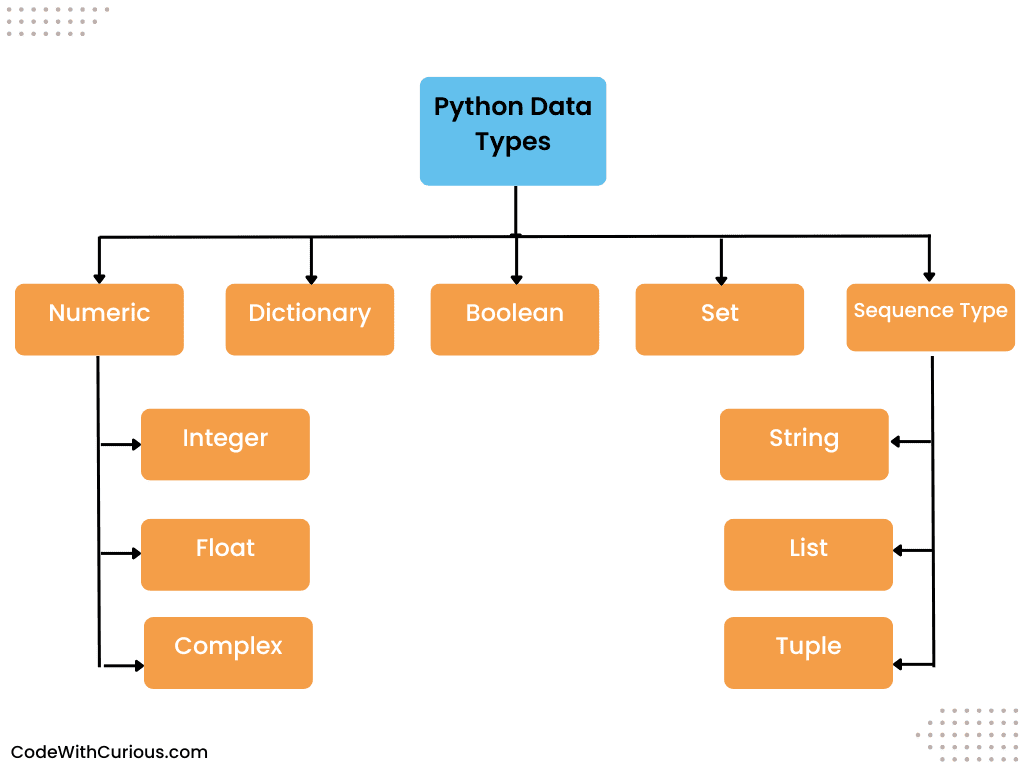Budget Tracker using Java With Source Code

Introduction :
The above code is a sample implementation of a budget tracker in Java. The BudgetTracker class keeps track of a user’s expenses and incomes, and calculates the current budget balance.
The class has a constructor BudgetTracker(), which initializes two ArrayList objects, one for expenses and one for incomes, as well as a double variable balance which is set to zero.
The class has three methods:
addExpense(double expense): This method takes in a double value as an argument, representing an expense, and adds it to the expensesArrayList. It also subtracts the expense from the balance.addIncome(double income): This method takes in a double value as an argument, representing an income, and adds it to the incomesArrayList. It also adds the income to the balance.getBalance(): This method returns the current balanceprintExpenses(): This method prints out all the expenses stored in the expensesArrayListprintIncomes(): This method prints out all the incomes stored in the incomesArrayList
It’s worth noting that this is just a basic example, and you might want to add more features such as handling categories, displaying the balance in a specific currency,
Source Code
Get Discount on Top Educational Courses
import java.util.ArrayList;
public class BudgetTracker {
private ArrayList<Double> expenses;
private ArrayList<Double> incomes;
private double balance;
public BudgetTracker() {
expenses = new ArrayList<Double>();
incomes = new ArrayList<Double>();
balance = 0;
}
public void addExpense(double expense) {
expenses.add(expense);
balance -= expense;
}
public void addIncome(double income) {
incomes.add(income);
balance += income;
}
public double getBalance() {
return balance;
}
public void printExpenses() {
System.out.println("Expenses: ");
for (double expense : expenses) {
System.out.println(expense);
}
}
public void printIncomes() {
System.out.println("Incomes: ");
for (double income : incomes) {
System.out.println(income);
}
}
}
Lorem ipsum dolor sit amet, consectetur adipiscing elit. Ut elit tellus, luctus nec ullamcorper mattis, pulvinar dapibus leo.
Output

Find More Projects
resume screener in python using python introduction The hiring process often begins with reviewing numerous resumes to filter out the most suitable …
expense tracer in python using GUI introduction Tracking daily expenses is a vital part of personal financial management. Whether you’re a student …
my personal diary in python using GUI introduction Keeping a personal diary in python is one of the oldest and most effective …
interview question app in python using GUI introduction In today’s rapidly evolving tech landscape, landing a job often requires more than just …
sudoko solver in python using GUI introduction Sudoku, a classic combinatorial number-placement puzzle, offers an engaging challenge that blends logic, pattern recognition, …
handwritten digit recognizer in python introduction In an era where artificial intelligence and deep learning are transforming industries, real-time visual recognition has …









